Our tool for managing your permission to our use of cookies is temporarily offline. Therefore some functionality is missing.
PEOPLE.

“It’s a celebration of culture.”
London-based artist Lakwena Maciver transformed a classic Mini into a work of art full of colour, joy and BIG LOVE for MINI Recharged. We followed the project and dived into Lakwena’s world.
This car shines. It is colourful, bold and loud. It screams: Look at me! Popular artist Lakwena Maciver, 36, redesigned a classic Mini (built in 1986 and specially selected by MINI according to Lakwena’s year of birth) and in doing so, created an electrifying work of art. And not just visually. Lakwena’s Mini is an ambassador for the MINI Recharged project, which involves transforming classic Minis by introducing an electric drivetrain through a fully reversible conversion. Sustainable upcycling, you could say. On this March day in a hall in Oxford, Lakwena is seeing the car repainted according to her designs for the first time. She wears a black tracksuit, gold earrings and a necklace bearing a cross, and African pendants. She speaks with a calmness and consideration; you can sense her warmth, intelligence – and, above all, her joy.

So, Lakwena, here it is: your electrified classic Mini, your work of art. How does it feel?
It must be very special to see your art on this Mini.
It’s so special. Because it started with a drawing. And that was just me imagining how I’d like the car to look, almost like a dream car. Just drawing it with my pen and pencil on the paper. But to see it now in the flesh is incredible.
The classic Mini is very iconic and your art is very bold. Is that not a bit of a clash?
I think there’s clash and some harmony. I like the fact the Mini is this iconic and classic car and all of those touches are still there; we haven’t concealed that or put plastic on top of it. So the original is still there, but we injected it with a bit of colour. But I think altogether the clash really works.
Does your personal vision come across?
Yeah, I feel like it has got my personal vision in it. It started off as a drawing, but going back and looking at it, it feels like there is a lot of dreaming in it. And that’s not something I necessarily intended. But seeing all that colour and all of that pattern and just the vibe of the car – it takes you somewhere else. Because we’re used to seeing a car as something quite practical, you know, we paint them in dark colours, so they don’t show up dirt, but to see something so vibrant feels quite fantastical – so I’m really happy about it.


Just drawing it with my pen and pencil on the paper. But to see it now in the flesh is incredible.
You are part of the MINI Recharged project that focuses on electric car conversion – classic Minis are transformed into electric ones thanks to new technology. What are your thoughts on sustainability?
I’m really happy to be part of this project because it feels very important. It’s really responding to what our world needs right now, which is actual change. Changes away from things that damage the environment to things that are sustainable. I’m just happy to be part of it because it’s genuinely meaningful. It’s gonna make a difference. And also for big brands like MINI to be making changes is really powerful because it will have a big impact on others in the industry.
Sustainable mobility – what does that mean to you?
I guess moving and driving without causing damage to the environment in a way that sustains our environment rather than damaging it so it won’t be there anymore. To make sure the world will be good and healthy for our children and grandchildren and for the future. So it’s about making changes that are good for the environment.
Flashback: An ice-cold morning in February in Bicester, a town near Oxford. The paint shop, where we meet today, is located in a garage, next to a paddock in the countryside. A typical mechanic’s workshop. Lakwena has travelled here from London to examine how the professional painters have applied her colour concept to the car body of this classic Mini. And to see the effect her design has. The painters painstakingly masked and sprayed every stripe, every kaleidoscopic pattern by hand. Nothing is automated here. The painters Jamie and Alex put in three weeks of hard graft, often working deep into the night. Lakwena runs her fingers over the colourfully striped car paint, the yellowy orange door frames, the sky blue roof.


Lakwena, is there any detail you like particularly?
I really like the hands on the front. That’s one of my favourite parts of it. It feels, again, like it takes you somewhere else. Because the colour and pattern – that’s great and I think really successful. But to have the hands on there, it just adds a different layer of meaning. That you can unwrap, you know.
Can you tell me a bit about the idea of having the slogans on the car?
It says ‘BIG LOVE’ on both sides. And on the front it says ‘we are here’ and on the back it says ‘you were there’ and it kind of speaks about travelling, it talks about migration. There is this phrase which is quite well known that says, ‘we are here because you were there’. It’s referencing colonialism and empire and all of that. And migration. And the fact that British culture is so influenced by the journeys many people have taken and that people from former colonies are all in this country. And the different ways that we have enriched the culture. Culture is this mish-mash of different things. And I think that’s a very beautiful thing, something I want to celebrate. And I want to celebrate all the different journeys people have been on and that brought them to this place.
A Mini was also part of your family’s journey.
My family had a Mini back in the day, and my older sister learned to drive in a classic Mini. So my dad taught her, and she and him would be in the front, and me and my siblings would be in the back. And we just were her audience when she was learning to drive.

About Lakwena Maciver.
The artist was born to an Ugandan father and British mother in London in 1986, where she continues to live to this day. For about two years, Lakwena and MINI have been linked by a long partnership, full of creative and unique collaborations: Lakwena x MINI saw her paint the side of a factory tower in Munich as part of the BIG LOVE campaign. For the MINI Recharged project, she designed a classic Mini – a model born the same year as her. Lakwena graduated from the renowned London College of Communication (LCC) with a degree in Graphic Design in 2009. She rose to fame with her large-scale murals adorned with designs inspired by utopianism and Afrofuturism. Her hallmark is multi-coloured kaleidoscopic patterns, combined with slogans. You can find out more about Lakwena here.
Ridley Road is quite a nice microcosm of many different cultures. I wanted to apply that to the Mini.

Later that afternoon, we visit Lakwena’s neighbourhood in London, in the borough of Hackney. Her view on life, her art and her vision are all marked by this area. We stroll through Ridley Road Market, a mix of Asian-inspired bazaars and African market stalls: towers of flame red chillies, mountains of earthy yams, naked chickens on hooks, golden lamb kebabs alongside jet-black lentil curries. Traders sell gold jewellery and bracelets. Tarot readers predict big futures for little money. An older man greets us. He comes from Uganda, like Lakwena’s father – the same region even. They greet each other in their language and share a few words. Lakwena’s studio is located on the first floor of an old warehouse. A small room, creatively messy, with at least two hundred notes stuck on the wall, each in a different colour. On one shelf there’s also space for the misfits of the colour spectrum: medium magenta, cobalt blue, mustard yellow, mica green. Bits and bobs get lost on the windowsill – hair oil, postcards, flyers and a keyring adorned with the phrase: “The best is yet to come”.
How does this neighbourhood inspire you?
The MINI is this iconic part of British heritage and that tends to be viewed in one particular way, a very eurocentric, white, English aesthetic. But actually there is so much more, there are so many different cultures that have contributed to British culture and what it is now. And that was what I was thinking about and the fact that Ridley Road is quite a nice microcosm of that. You see so many different cultures that have come from all over the world but made this their home. So I wanted to reflect that in how I designed this Mini, in the words, also in the pattern and the colour. To celebrate that travelling and migration. And all of these different stories. And different journeys that have come together to make this culture what it is. And I wanted to apply that to the Mini.
Do you feel most at home here?
I guess I do because there are so many people like me from different places. This place reminds me a lot of childhood memories of East Africa.


If you could travel with the car, where would you take it?
If I could travel with the car, it would need a flight mode on it, so I could go into the clouds.
Where would you fly to?
Maybe into the Ethiopian highlands which for me is a very special place.
Why?
I like the fact that it’s got that mythology to it. I think it’s the Rastafaris who believe that this is where Eden was. I don’t necessarily believe that, but I like the mythical nature of that. And for me it was a very happy place when growing up there as a child. It felt almost like a golden moment in my life. So Ethiopia is forever going to be a special place to me.
Let’s sum up the project. What does it mean to you?
I just feel very honoured to be able to have my artwork on a classic Mini. Because it’s an icon of British culture and I’m really proud of it. So that’s really the most significant thing for me. It’s just incredible to have that. It’s just got so much history; everyone knows MINI as a brand so to be able to collaborate with them, and not just on a wall but to put my imagery onto a car, is incredible. So I’m just really happy.
How should people react to the car?
I hope they feel and sense that warmth. I hope they have a smile on their faces when they look at the car. Because the point is really to uplift and, to kind of sum up, it’s a celebration of culture and British culture. That’s what I’d like it to be seen as.


About MINI Recharged.
Lakwena´s customised car is part of the MINI Recharged upcycling project, which combines tradition with pioneering technology by installing an electric motor in the original. The engineers from “Recharged Heritage Limited” are making this dream come true. As a new MINI partner, they are implementing MINI Recharged and have converted the classic Mini into an emission-free vehicle by installing a 72 kilowatt electric motor. The battery has a range of around 160 kilometres (circa 100 miles) with a 6.6 kilowatt charging current. This means that they are permitted for travel in many large cities’ environmental zones once again. What’s more, all changes made to the substance of the vehicle during the conversion as part of MINI Recharged are reversible. Careful handling of the historical heritage is an important part of the concept. This means it is also possible to restore the classic Mini to its original condition at a later date. To this end, the original engine of each vehicle is marked and stored during the conversion, so it can be reused in the event of a future retrofit of the classic Mini.
Disclaimer:
The bespoke upcycling of the classic Mini is carried out exclusively in the United Kingdom by our specialist partner “Recharged Heritage Limited”. Each converted vehicle is given an individual number, making it unique.
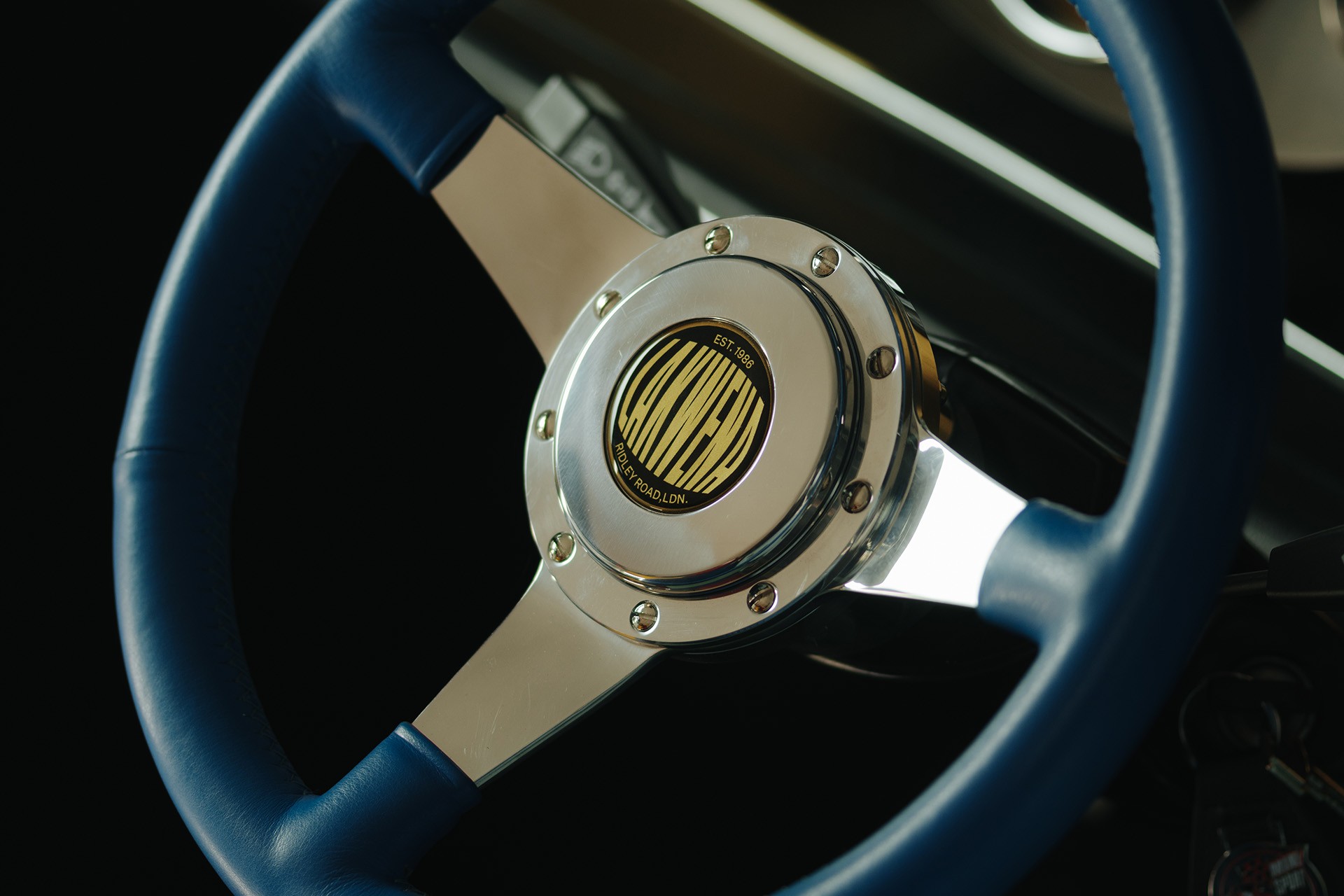
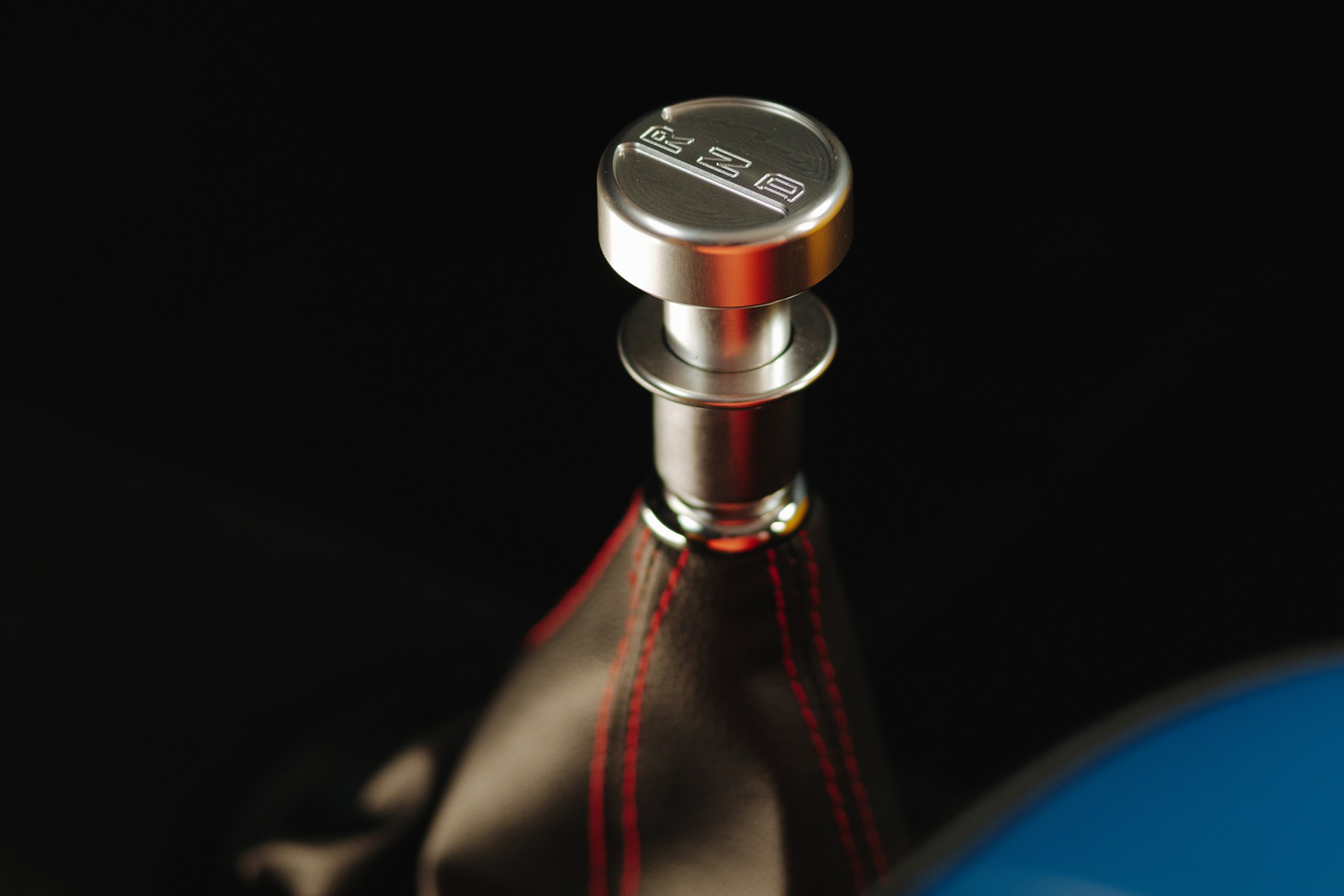
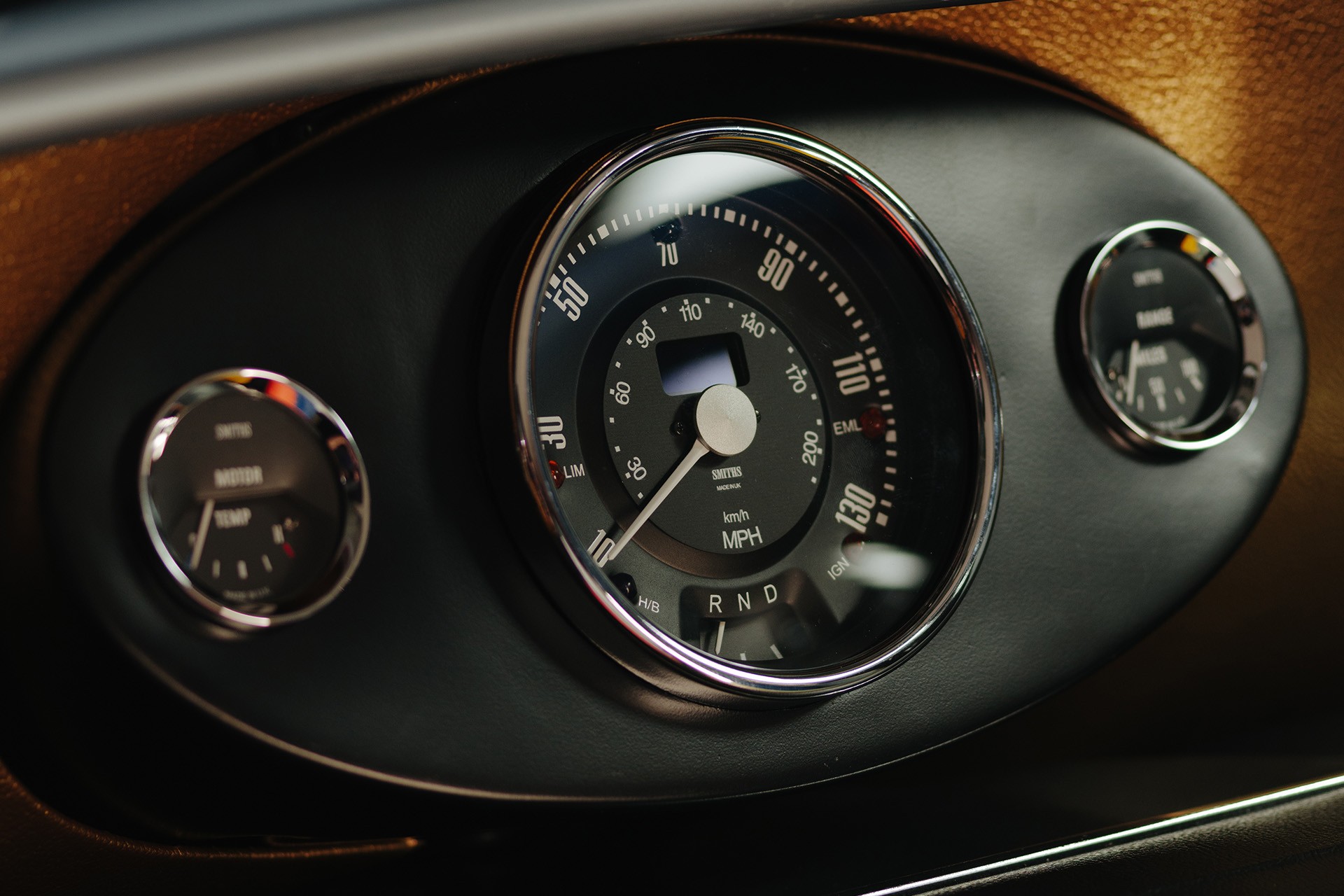
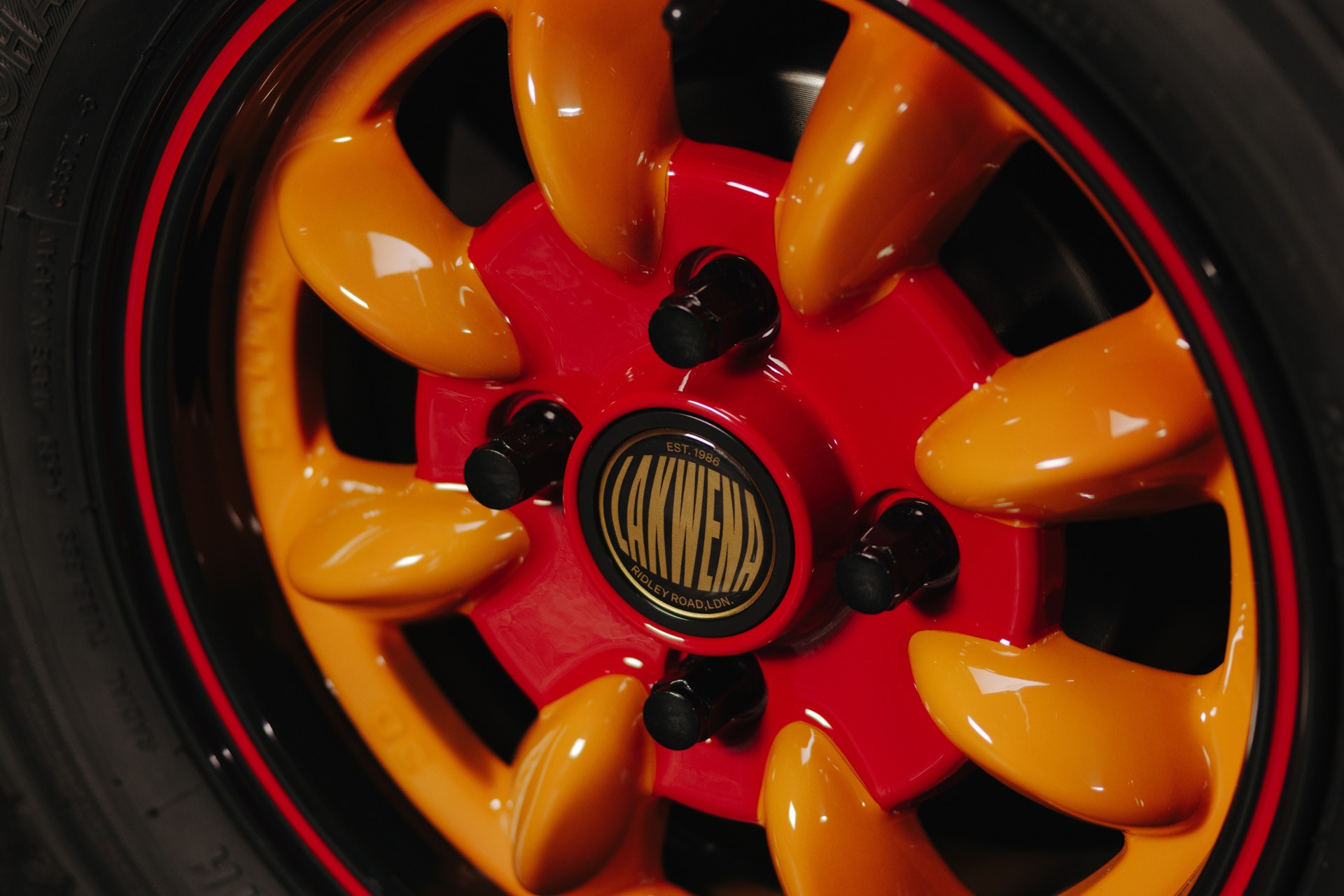
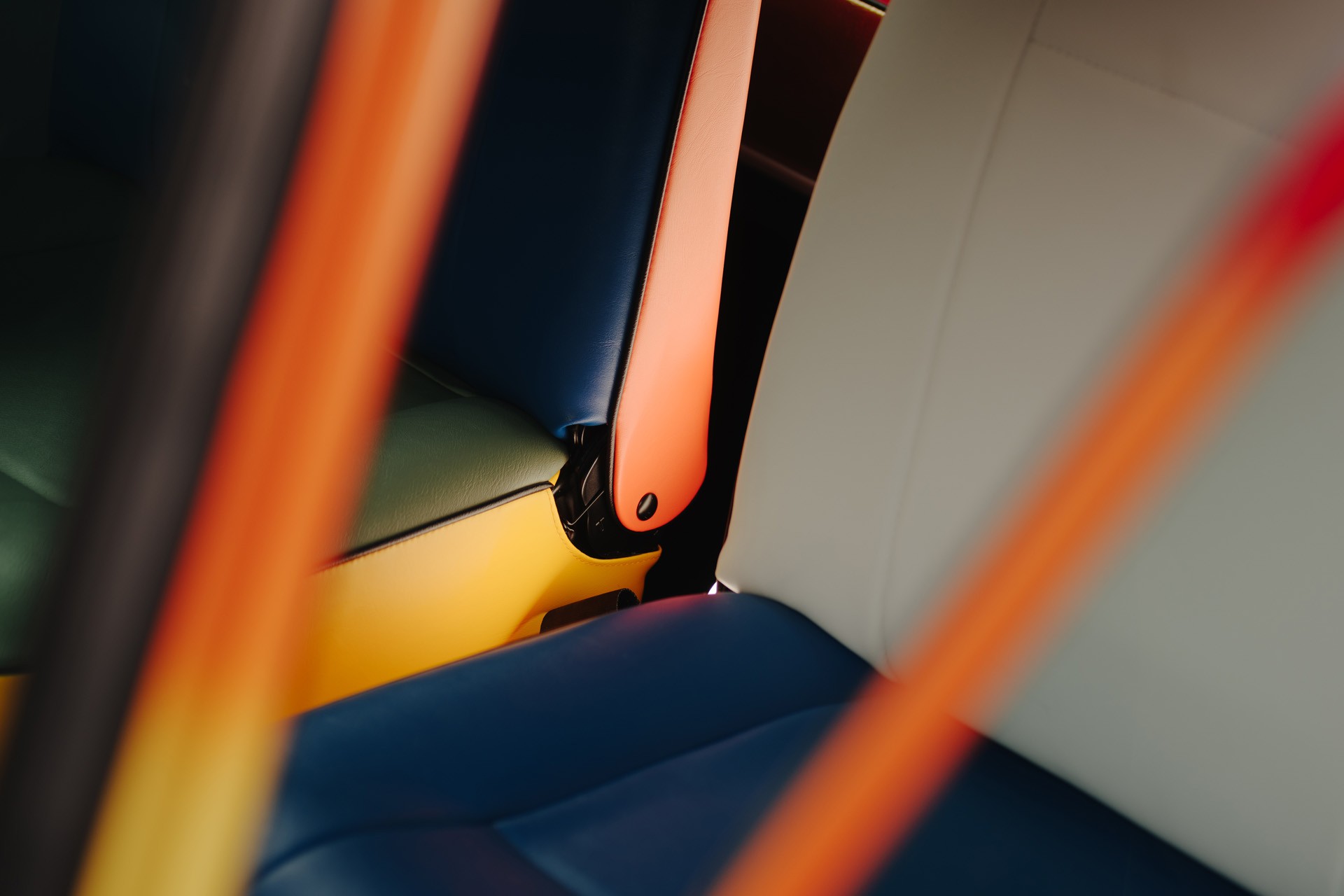
I just thought it looked incredible. It was so nice to see the colours all working, the interior, the exterior. I saw bits of it as we progressed. But to see it all together, it just looks incredible.